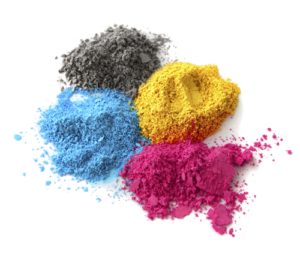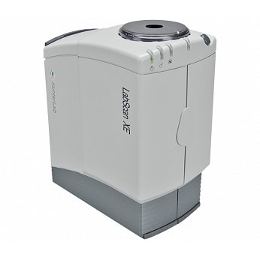Powder Color Measurement
Powdered chemicals are used across many industries including coatings, food, building materials, pharmaceuticals, cosmetics and cleaning materials to name a few. Whether you are measuring the white of calcium carbonate, the blue of copper benzoate, the green of nickel chloride or the deep magenta of cobalt chloride hexahydrate, HunterLab has been providing color measurement solutions for the chemical industry for over 60 years, and many of the world’s leading chemical manufacturers rely on HunterLab solutions to ensure quality and consistency of the raw materials used in their products throughout their supply chain.





